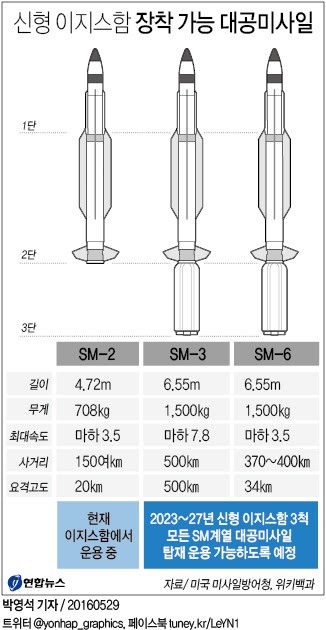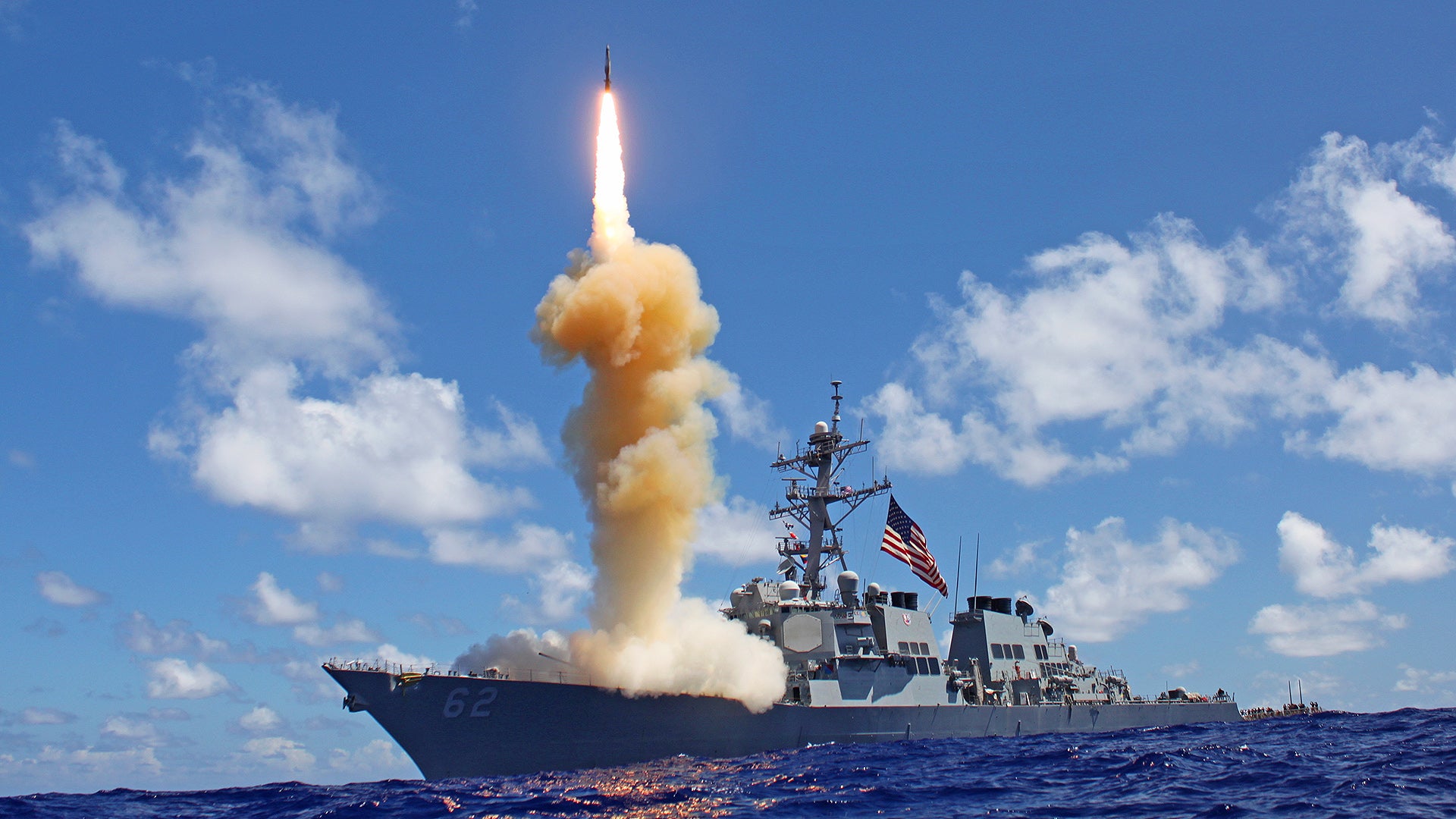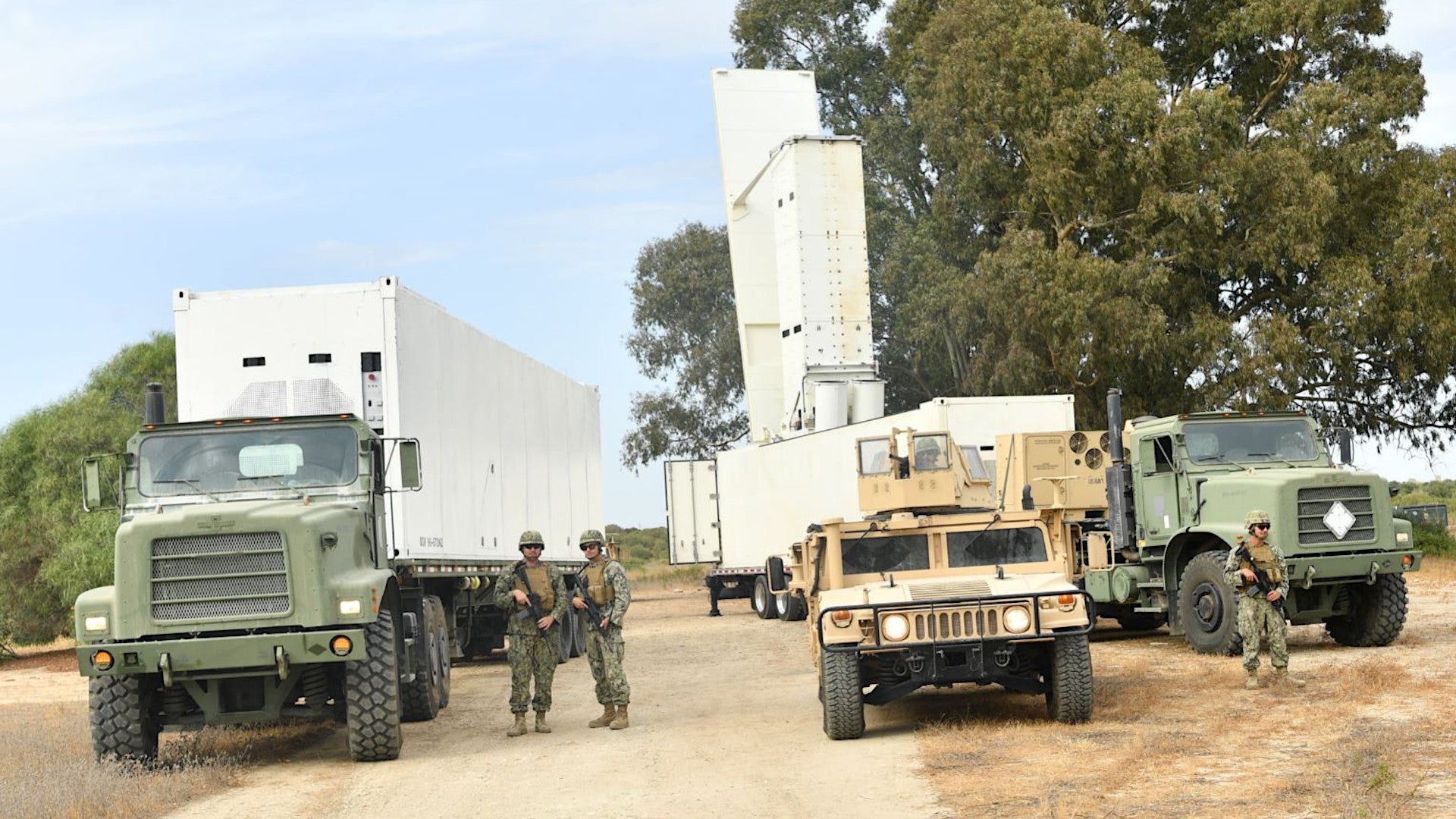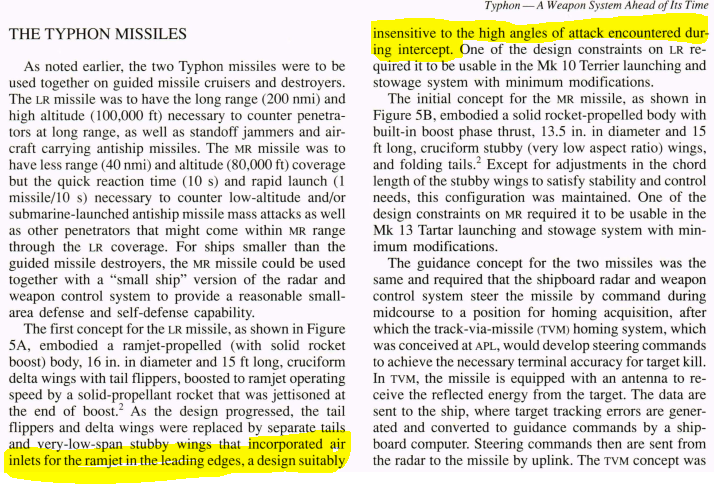Dumb question. Why did the Navy give up on air breathing high speed missiles. I mean Typhon was doing Mach 4+ 60 yrs ago. Is rocket propulsion just cheaper/easier? What are the pros/cons of rocket vs air breathing.
There are several reasons. As missiles got longer ranges and could go to higher altitudes, a ramjet (the usual air breather) became impractical as there was not enough air to make it work at those altitudes.
The use of liquid fuel aboard ship is a more serious fire hazard than that of solid fuel missiles.
Modern solid fuel missiles require little maintenance time. Most US missiles are loaded on the ship and the crew performs little or no maintenance on the missile itself while deployed.
Solid fuels have a higher specific impulse than ramjets. That is, they've gotten better enough that they exceed the thrust a compact sized ramjet can deliver.





